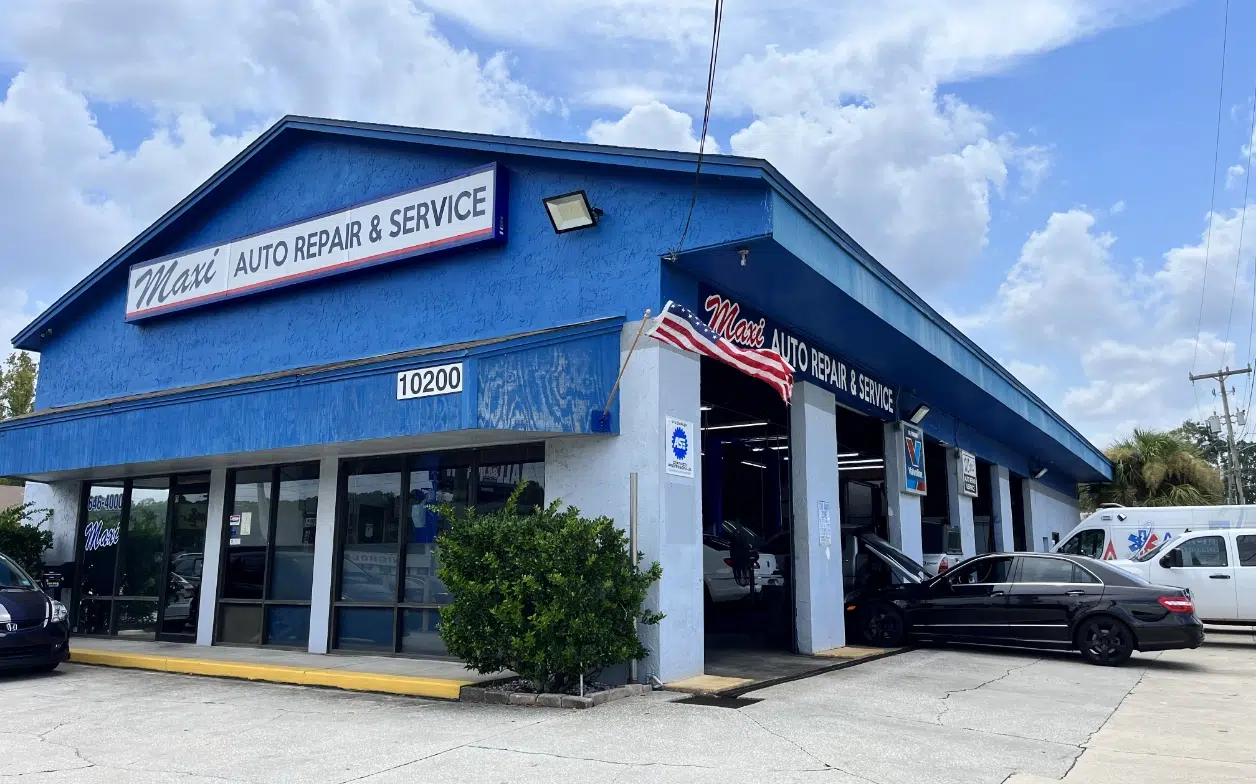If you don’t check your car fluids regularly, your auto tech should be checking them for you. However, you need to check them more often than when you bring your vehicle in for an oil change. Some oil change intervals are as high as 10,000 miles. If you are not comfortable with checking the fluids yourself, stop by Maxi Auto Repair and Service on Beach Boulevard in Jacksonville, FL, and we’ll check them for you.
Fluids to Check
Most vehicles have seven fluids it needs to run, not including solid grease for U-joints, axles, and zerk fittings. There are two fluids that are difficult to check, but they are in closed systems, so you can leave those to your auto tech: Manual transmission fluid and front and rear differential fluid, where applicable.
The fluids you should check frequently include:
- Coolant.
- Engine oil.
- Automatic transmission fluid.
- Brake fluid.
- Power steering fluid.
- Windshield washer fluid.
Coolant
Your vehicle’s coolant has three jobs: Keep the engine from overheating, prevent it from freezing during the cold months, and prevent the engine, bypass pipes and freeze plugs from rusting. If you add plain water to the radiator when it’s low on fluid, you are watering down the properties that regulate the boiling and freezing points and prevent rust.
Check the coolant by:
- Ensure the vehicle is cold. Never open a radiator cap or overflow cap on a hot engine.
- Depending on your vehicle: Open the overflow bucket cap or the radiator cap.
- If checking the overflow, make sure the coolant is at the full mark.
- If checking the radiator, the coolant should be up to or close to the radiator’s neck. If the neck is curved and you can’t see the coolant, you may have to check it in the overflow.
Engine oil
The engine oil lubricates the engine – all those moving parts inside have incredibly close tolerances. Not only does oil provide lubrication, but it also helps to cool the engine. Over time the oil becomes contaminated with carbon build-up and condensation. Neither are conducive to the longevity of the engine. While synthetic oil lasts longer and is more resistant to combining with deposits and condensation, it still gets dirty and needs to be changed.
Additionally, it’s a good idea to check the oil frequently. If the vehicle is burning oil or has a leak and you don’t notice it, you could cause extensive damage to the engine.
To check the oil, make sure the vehicle is cold and parked in a level spot. Open the hood and look for the engine dipstick. It may say “Oil” or have a picture of an oil lamp.
- Pull out the dipstick and wipe it off with a rag.
- Push the dipstick back into the dipstick tube, ensuring it clicks or is seated properly.
- Pull out the dipstick again and check the oil level. It should be at the ‘Full’ mark or the top of the crosshatch marks.
We recommend that you don’t drive the vehicle until you add oil. However, if it’s just a little low – almost to the top of the crosshatches, you can drive it to the store or bring it to the shop to top it off.
Automatic Transmission Fluid
Transmission fluid lubricates and helps cool the transmission. Look for the transmission fluid dipstick – it may be harder to find than the oil dipstick on some vehicles. Start the vehicle – this is the one case where the vehicle needs to be running to check the fluid. Pull the dipstick out and check the oil level.
Brake Fluid
The brake fluid is in the master cylinder, which is almost always on the firewall of the engine compartment on the driver’s side. In most cases, you can see the fluid through the side of the master cylinder. It should be at the “Full” mark. If not, add the appropriate brake fluid before driving the vehicle.
Power Steering Fluid
The power steering fluid is on the power steering pump, usually on the side of the engine. Locate the pump and remove the cap. The reservoir should be full. If not, add the appropriate power steering fluid for your vehicle.
Windshield Washer Fluid
The windshield washer fluid is not something the vehicle needs to run, but you do need it for your safety. You can usually see it through the reservoir, but if not, unsnap the cap and look inside. You should check this every time you get gas if you frequently use the windshield washer.
Fluid Services at Maxi Auto Repair and Service
Checking and maintaining the fluids in your vehicle is essential maintenance. Cooling system services (flushing the coolant), power steering fluid and brake fluid flushes, and an oil change are all pertinent to the longevity of your vehicle.
Contact Maxi Auto Repair and Services Beach Boulevard location at +1-904-646-4000 for an appointment for fluid services or to check for a leak. We are conveniently located at 10200 Beach Blvd., Jacksonville, FL, 32246.






